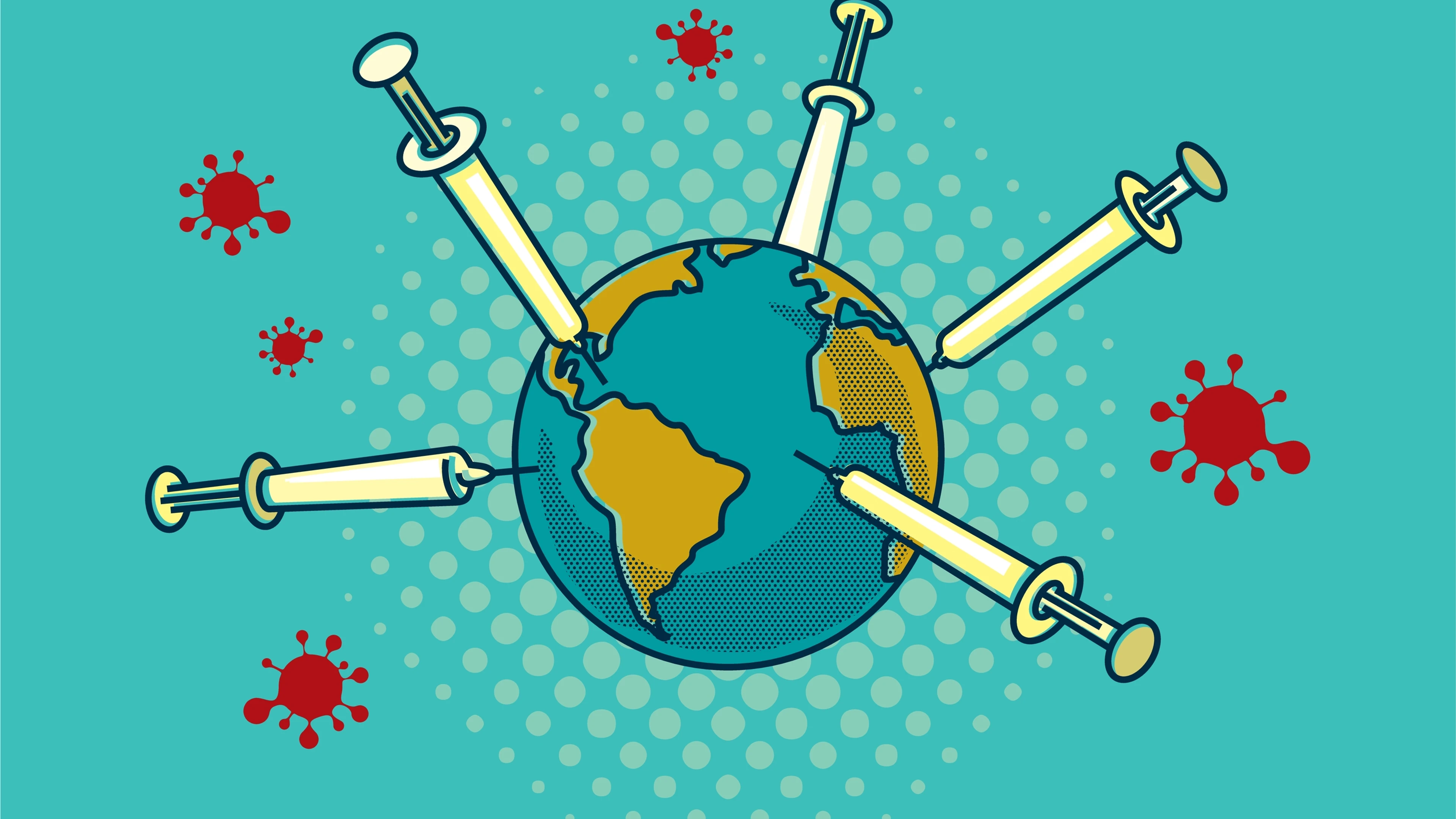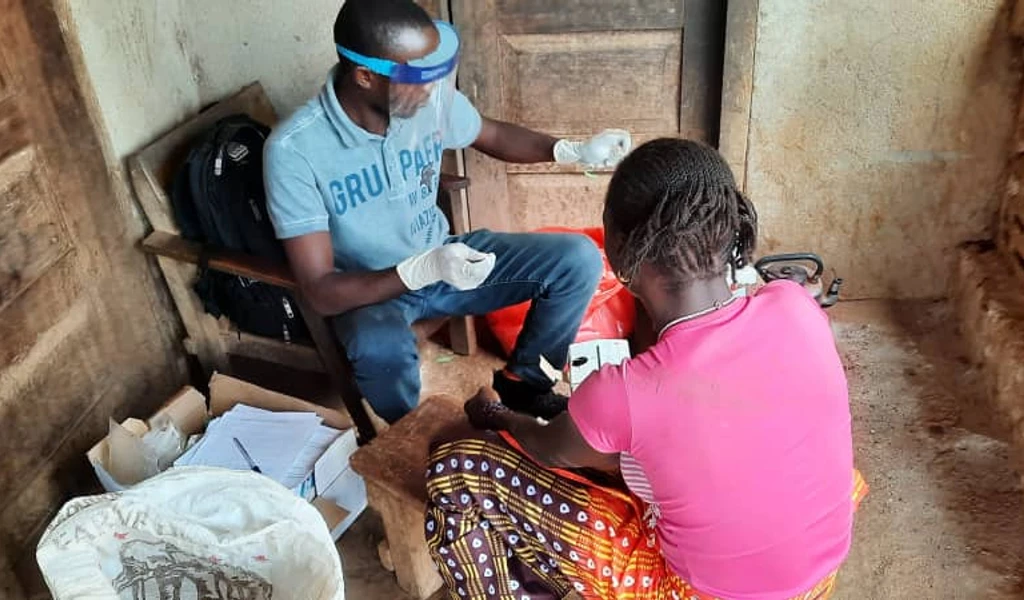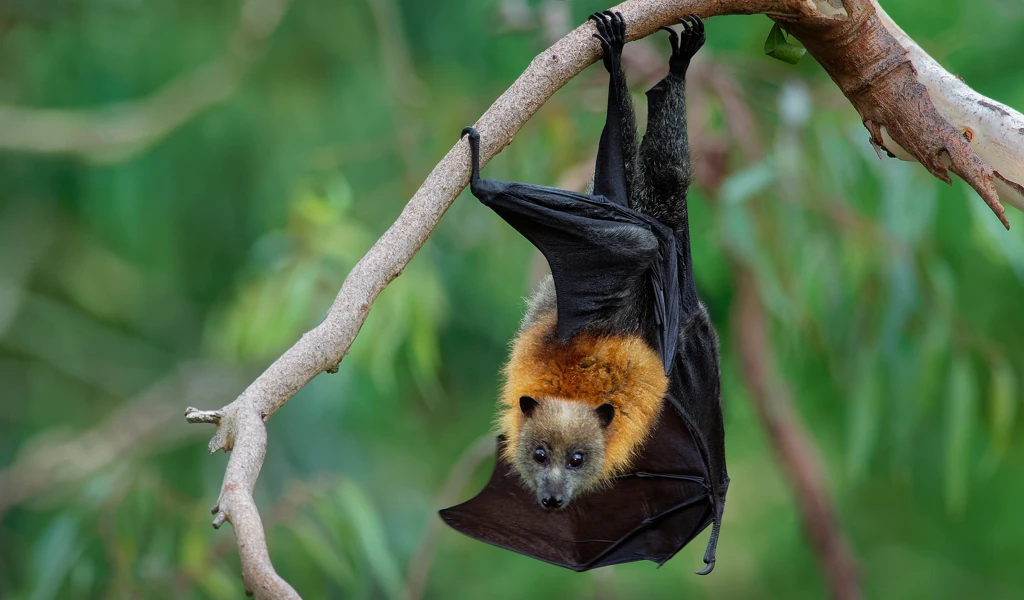Vaccine production efforts across key regions mapped in first-of-its-kind study to prepare for future pandemics

Rapid vaccine production has been essential to the speedy global rollout of billions of doses of COVID-19 vaccines this year. In fact, thanks to the triumphant work of manufacturers working around the clock, a historic 11 billion doses of COVID-19 vaccine are anticipated to be produced by the end of 2021—tripling previous annual vaccine output.
At the same time, however, the COVID-19 pandemic has shone a light on some of the challenges within vaccine manufacturing and the overall vaccine ecosystem. It has also exposed the ways that it can be improved to optimally support public health in the future.
For example, few nations currently have the end-to-end capacity to translate basic research into vaccine products within their borders as they lack the manufacturing capacity to scale-up production for large-scale testing and distribution. This has meant these regions have become dependent on the shipment of COVID-19 vaccines produced in other countries to innoculate their own populations — and they cannot always guarantee they will be first in line to receive these urgently needed doses.
As part of our $3.5bn plan to build on these lessons and substantially reduce epidemic and pandemic risk, CEPI has set the goal to support the creation a globally distributed vaccine manufacturing network ready for future threats. Boosting local production efforts would enable low- and middle-income countries to take full ownership of their national health security and accelerate distribution of vaccines and other countermeasures to their own populations.
Gathering the data on current and future vaccine production
To know where and how we need to ramp up manufacturing capacity and capabilities, CEPI ran a first-of-its-kind landscaping exercise earlier this year to map all current and potential vaccine production efforts.
The study focussed on gathering data on vaccine manufacturing in Africa, Southeast Asia and the Western Pacific, the Middle East, and Latin America and the Caribbean. These key geographies are predominantly thought to be where vaccine production capabilities and capacities need to be established and/or expanded.
Available data, submitted by over 95 vaccine manufacturers, global health organisations, research and veterinary institutes, and government agencies from 37 countries across all four regions, from March to June 2021, confirmed this perspective.
While current maximum production capacity across respondents for 2021 ranged from a few thousand (for clinical trials) to 800 million vaccine doses (for global commercial supply), this varied considerably across the regions surveyed. For example, half of the vaccine production sites across Africa, Latin America, and the Middle East, combined, were expected to produce under 50 million vaccine doses for 2021. By comparison, the US and Europe combined are expecting to produce several billion vaccine doses by the end of this year.
The fourth region surveyed, South East Asia/ Western Pacific, showed more established manufacturing capabilities, with over 70% of respondents currently having planned capacity to produce over 50 million doses of vaccines this year (classifying them as having medium- or large-scale vaccine manufacturing capacity). This region also had the most end-to-end capability to translate vaccines from R&D through to manufacture and supplied products. Sites in Africa, the Middle East, and Latin America, however, are currently more likely to only focus on specific elements of the vaccine manufacturing process, such as the production of drug product (the finished dosage form of the product including final container) and formulation & filling activities (getting a purified active component into the final dosage form).
Findings also positively revealed that the majority of respondents expressed aspirational plans to create and expand their manufacturing resources to prepare and respond to future pandemics — a critical component as CEPI and partners look to advance their pandemic preparedness strategies.
Other key findings from CEPI's vaccine manufacturing capacity survey include:
- Vaccine manufacturers across the regions who have wide and medium- to large-scale manufacturing capacity were most likely to supply more than one type of vaccine. This was also linked to the highest number of vaccines being produced, showing that most respondents with end-to-end capability support the manufacturing of multiple vaccine products. Hence, there is a correlation between scale, capability, and number of products supplied.
- Experience with RNA technology and RNA vaccine capacity is currently lacking across all regions. Technology capabilities instead currently focus on viral live attenuated or vector, recombinant, subunit, conjugate or toxoid and inactivated vaccines. However, respondents expressed aspirational plans to diversify technical capability by transferring in DNA/ mRNA and/or other platforms over the next five-year period. This would also mean increasing training to use these more innovative platform technologies.
- The majority of respondents had regulatory track records from their national regulatory authorities. However, vaccine production sites in Africa, Latin America, and the Middle East have fewer manufacturers with track records for getting products regulated in multiple countries, regions, or by the World Health Organization (WHO). Hence, the local regulatory environment across these regions should look to be enhanced to support vaccine manufacturers as they prepare to better respond to future epidemic/pandemic outbreaks.
- Veterinary manufacturers in these regions are beginning to think about synergies and their capabilities to be able to produce vaccines for human use in future.
While an incredible amount has been rapidly and successfully achieved in the fight against COVID-19, the pandemic has also exposed current manufacturing challenges whereby countries–including low- and middle-income nations–have been reliant on receiving deliveries of vaccines to innoculate their populations.
A continued effort to scale-up and scale-out vaccine production activities in these areas would likely enable such countries to more quickly and effectively deploy life-saving vaccines when responding to future infectious disease outbreaks.
This first-of-its-kind survey, launched by CEPI, is a crucial first step, providing us with key data so that we can better inform both where and how to sustainably establish, improve, or expand vaccine production efforts in these regions to improve preparedness for future epidemics and/or pandemics. This information will also help CEPI as we begin to implement our ambitious goal to minimise the vaccine development timeline to 100 days.
Roadmaps for the future
The survey findings are now being used by CEPI to guide virtual regional workshops, co-hosted with relevant global health partners.
These workshops provide an opportunity for regional vaccine manufacturers and global health partners to further review the data. They also provide a forum to share local experiences, thoughts, and ideas, and discuss gaps and opportunities for CEPI and partners to ultimately define roadmaps to improve sustainable vaccine manufacturing capacity and capability going forward.
Outcomes of the workshops include the need to:
- create new partnerships with vaccine manufacturers to improve their site capacity/capability
- launch training opportunities for local companies to develop their understanding of RNA vaccine production and other types of vaccine
- build business models so that vaccine manufacturers can continue to operate and produce routine vaccines when not in an epidemic or pandemic.
Co-hosts have so far included: WHO and the WHO Eastern Mediterranean Regional Office (WHO EMRO) for the Middle East regional workshop; Partnerships for African Vaccine Manufacturing (PAVM) for the Africa region; the Government of Mexico, WHO Pan American Health Organisation and Economic Commission for Latin America and the Caribbean, for the Latin American and the Caribbean workshop. The workshop for South East Asia and the Western Pacific will take place in the coming months in collaboration with the WHO.
See the full survey data here
Additional Notes on the Survey
- All survey datasets were anonymised, screened, and aggregated together to maintain confidentiality of the individual respondents.
- CEPI's survey represents a snapshot in time (March to June 2021) from our survey responders and will change following data collection. To the best of our knowledge, this is the only publicly available data on current and potential vaccine manufacturing capacity across these regions.
- Attendance to these regional workshops is by invitation only. Meeting reports from each regional workshop will be shared online as they become available.
- For more information on the survey, please email [email protected]


